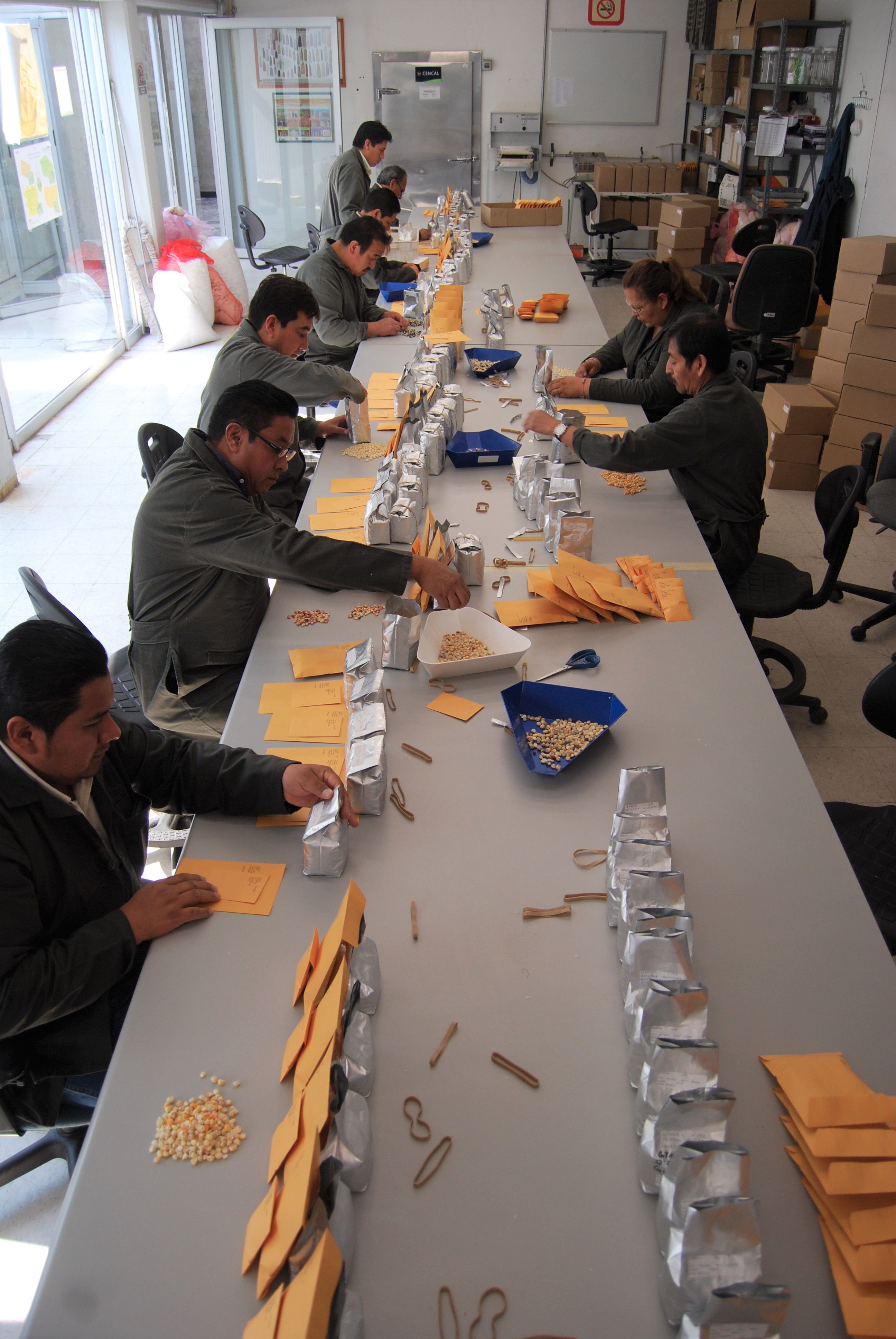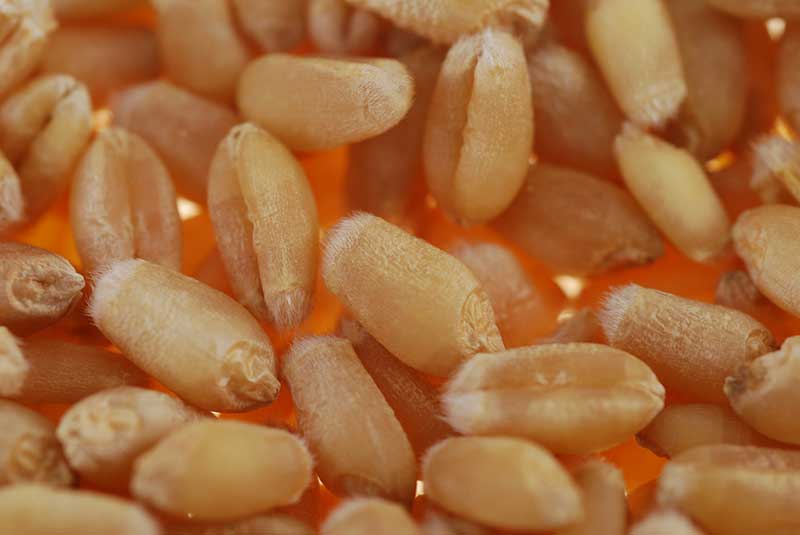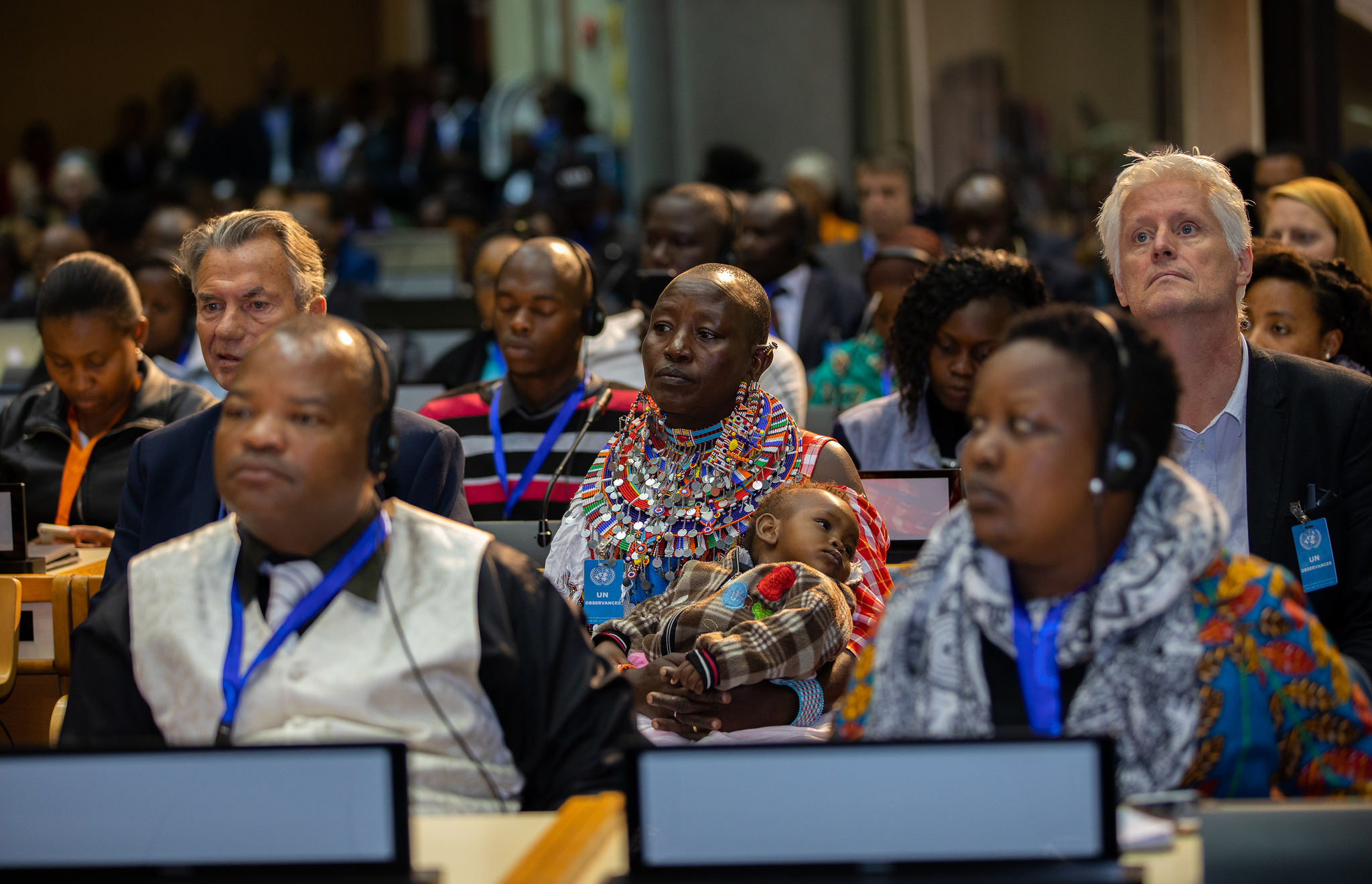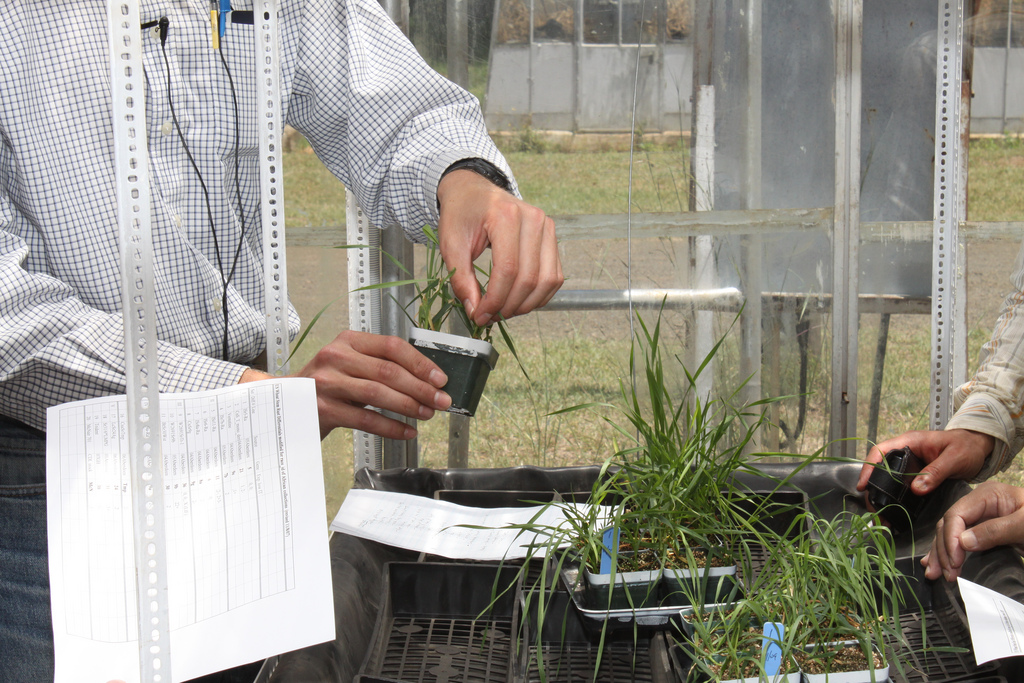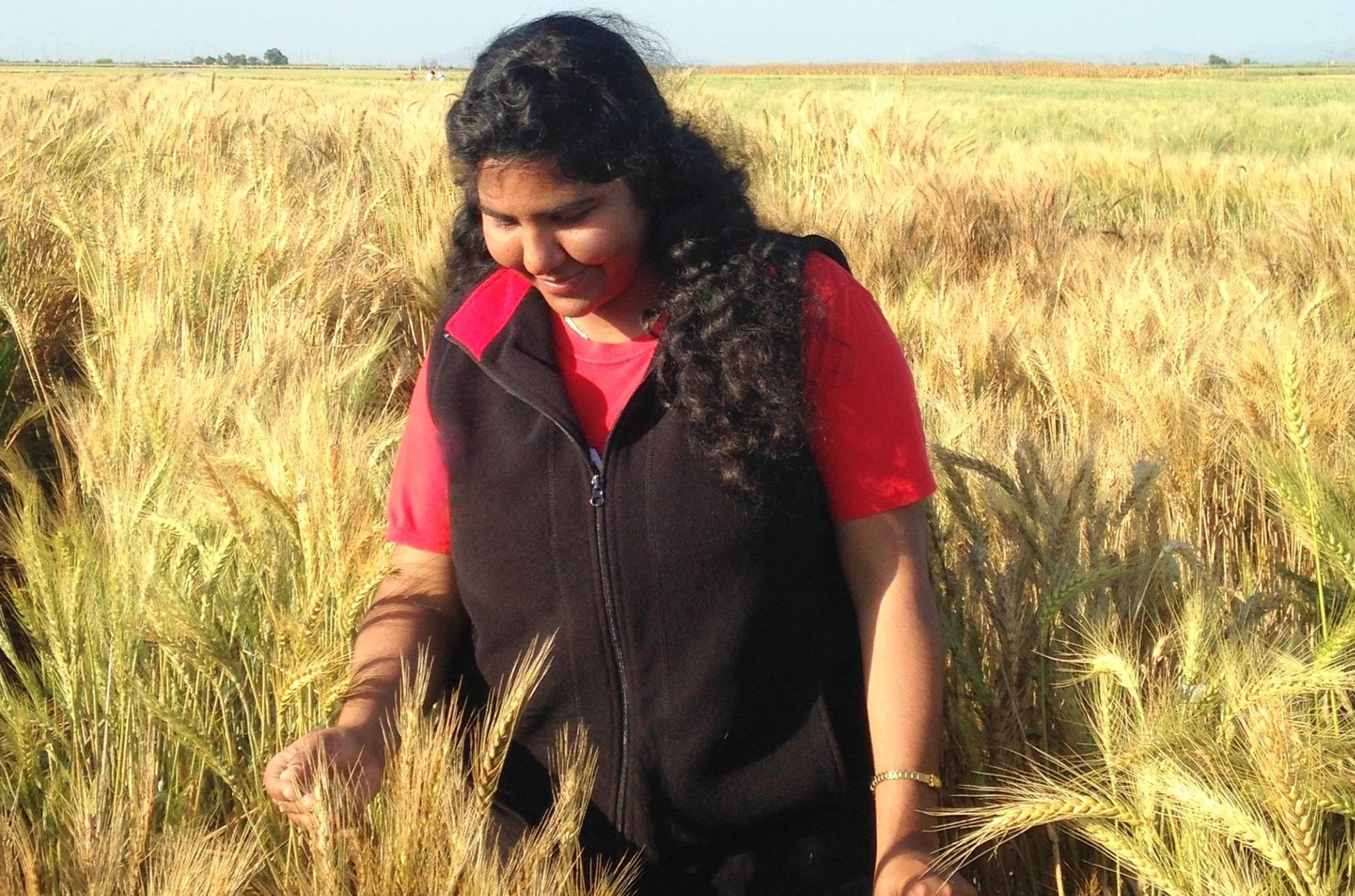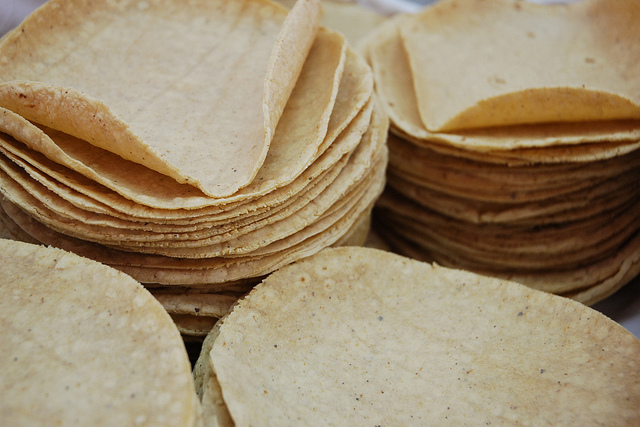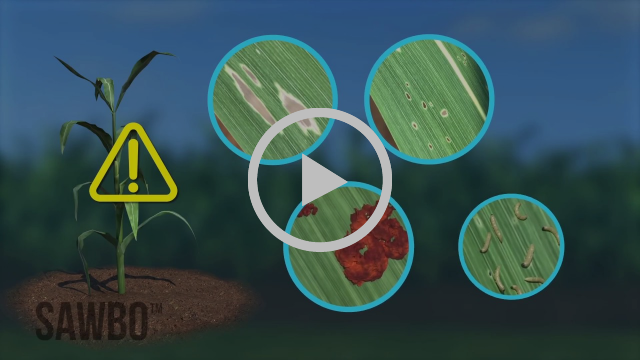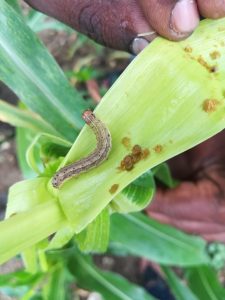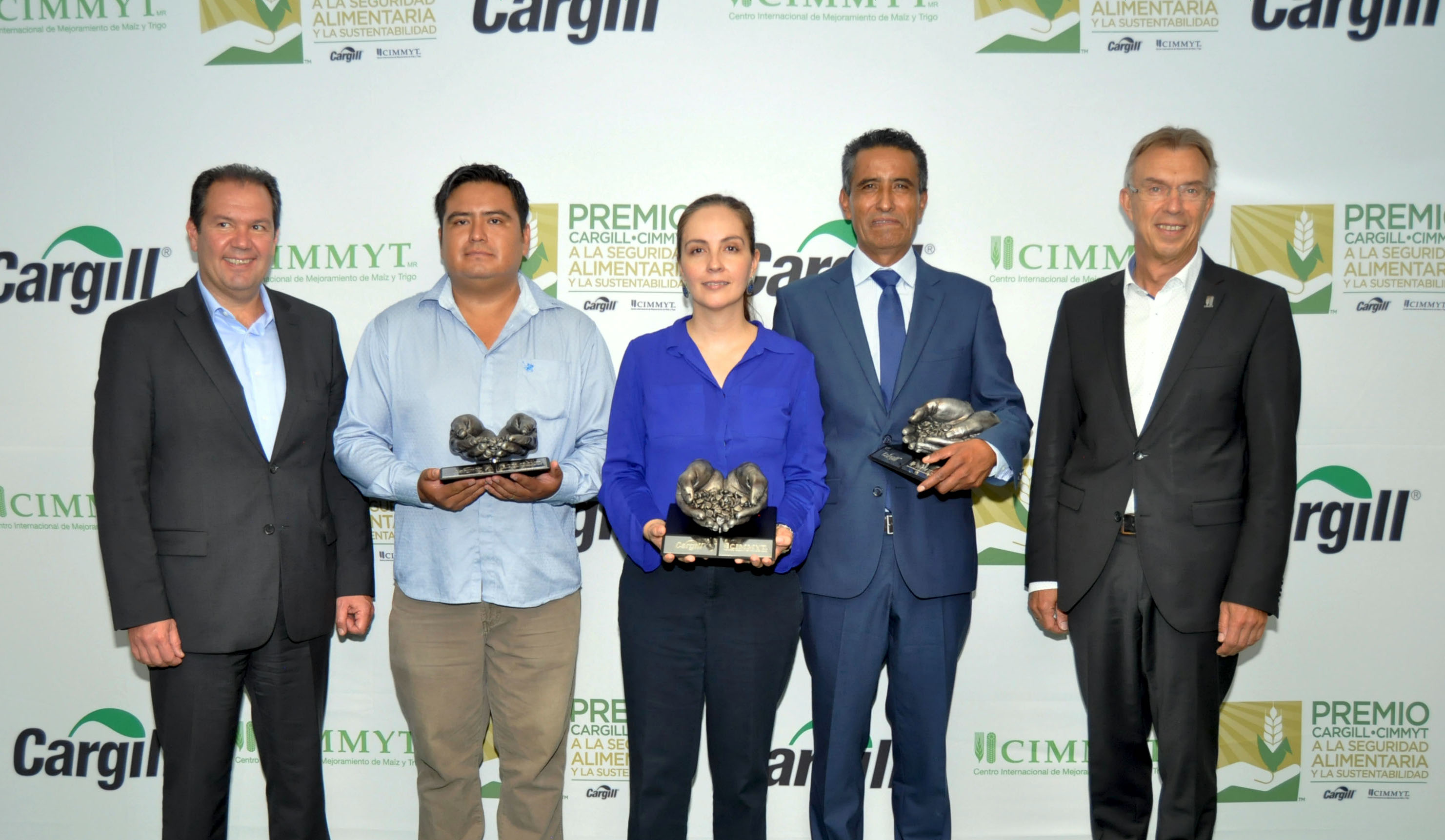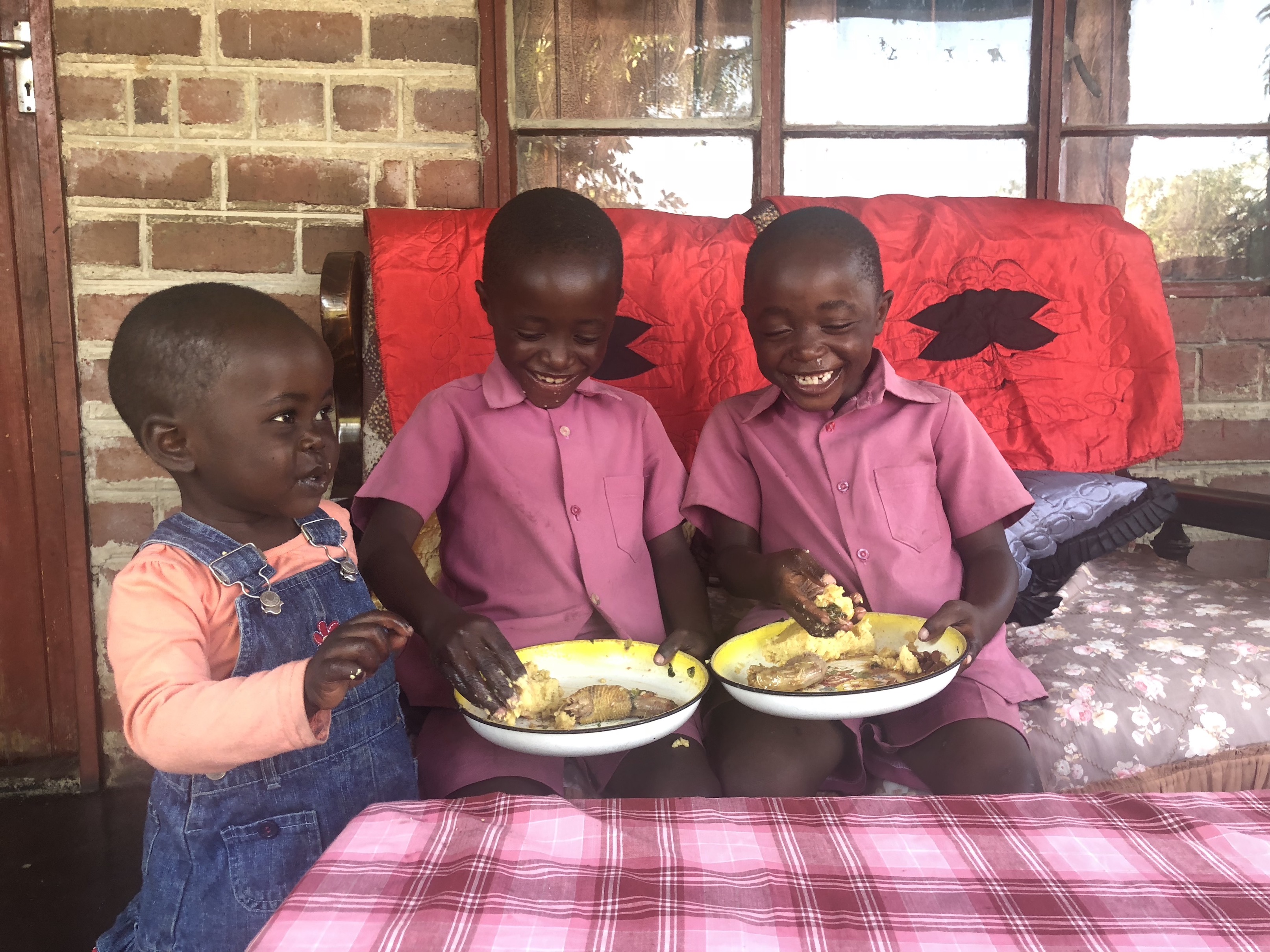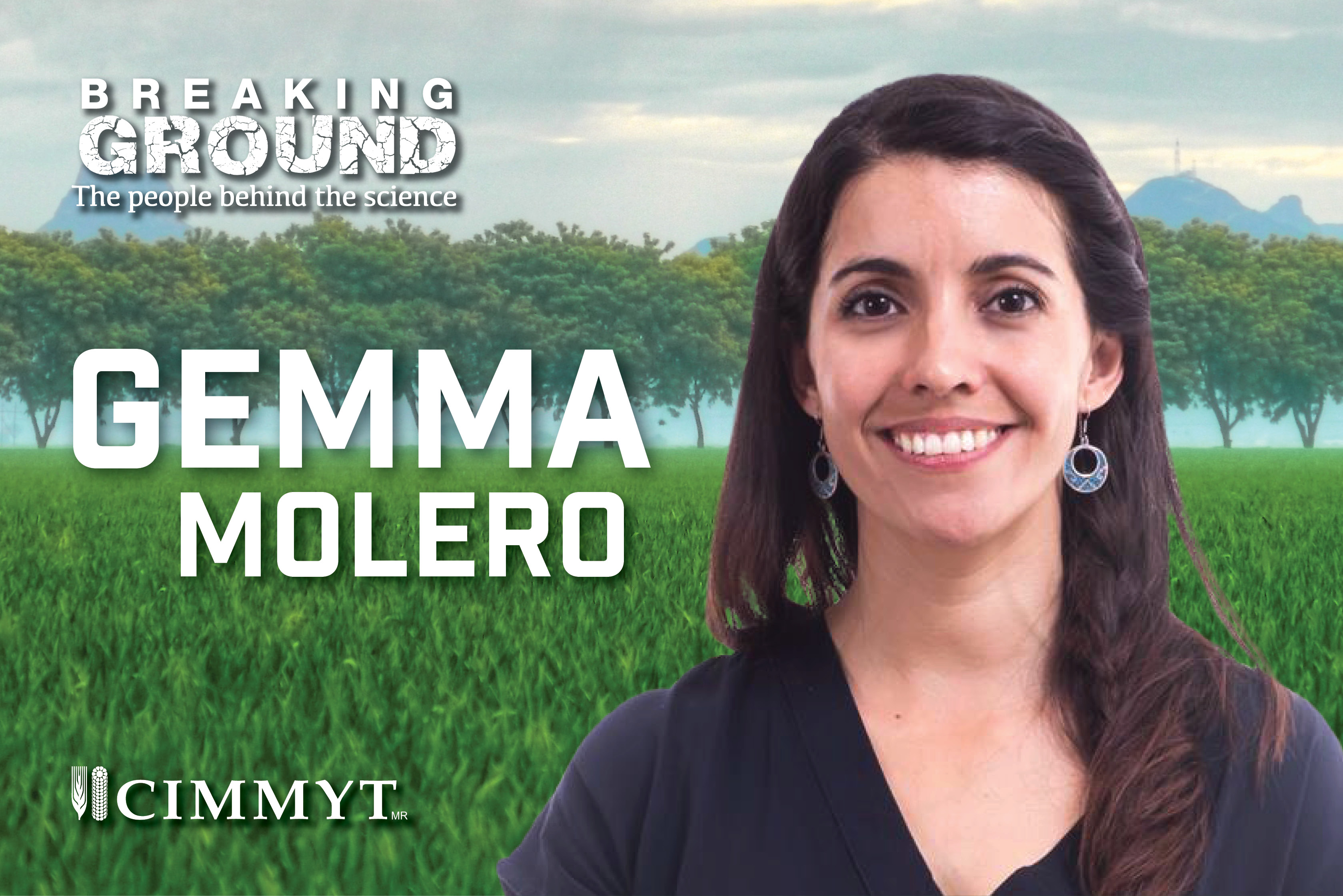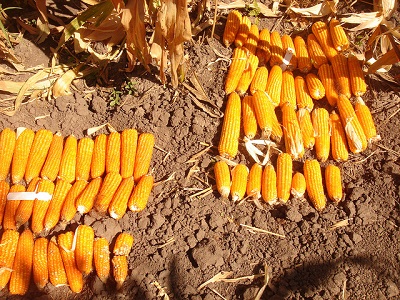Nutrition, health and food security
As staple foods, maize and wheat provide vital nutrients and health benefits, making up close to two-thirds of the world’s food energy intake, and contributing 55 to 70 percent of the total calories in the diets of people living in developing countries, according to the U.N. Food and Agriculture Organization. CIMMYT scientists tackle food insecurity through improved nutrient-rich, high-yielding varieties and sustainable agronomic practices, ensuring that those who most depend on agriculture have enough to make a living and feed their families. The U.N. projects that the global population will increase to more than 9 billion people by 2050, which means that the successes and failures of wheat and maize farmers will continue to have a crucial impact on food security. Findings by the Intergovernmental Panel on Climate Change, which show heat waves could occur more often and mean global surface temperatures could rise by up to 5 degrees Celsius throughout the century, indicate that increasing yield alone will be insufficient to meet future demand for food.
Achieving widespread food and nutritional security for the world’s poorest people is more complex than simply boosting production. Biofortification of maize and wheat helps increase the vitamins and minerals in these key crops. CIMMYT helps families grow and eat provitamin A enriched maize, zinc-enhanced maize and wheat varieties, and quality protein maize. CIMMYT also works on improving food health and safety, by reducing mycotoxin levels in the global food chain. Mycotoxins are produced by fungi that colonize in food crops, and cause health problems or even death in humans or animals. Worldwide, CIMMYT helps train food processors to reduce fungal contamination in maize, and promotes affordable technologies and training to detect mycotoxins and reduce exposure.
CIMMYT recognized for support in restoring Guatemalan seed systems after hurricane
 Nutrition, health and food security
Nutrition, health and food security
The seed varieties stored in the CIMMYT germplasm bank were of vital importance in efforts to restore food security in the aftermath of Hurricane Stan.
New publications: Germplasm bank accessions add value to elite wheat lines
 Nutrition, health and food security
Nutrition, health and food security
For the first time ever, a research team of more than 40 scientists has genetically characterized values of exotics in hexaploid wheat.
Forecast drought: ED engages experts
 Nutrition, health and food security
Nutrition, health and food security
CIMMYT’s director general Martin Kropff met with the president of Zimbabwe, Emmerson Mnangagwa.
Towards more sustainable food systems through a landscape lens
 Climate adaptation and mitigation
Climate adaptation and mitigation
Participants in GLF Nairobi 2018 called for concrete collective action to restore degraded landscapes.
CIMMYT collaborator wins Norman Borlaug Award for Field Research and Application
 Nutrition, health and food security
Nutrition, health and food security
Matthew Rouse, a researcher with the Agricultural Research Service (ARS) is being recognized for his work to contain and reduce the impact of Ug99.
New publications: Toxin-producing fungal strains can now be detected in maize field soils with a new technique
 Environmental health and biodiversity
Environmental health and biodiversity
How to identify and scout for fall armyworm
 Capacity development
Capacity development
A new 3-D animation video published yesterday shows farmers how to scout for and identify the fall armyworm (Spodoptera frugiperda).
Fall armyworm reported in India: battle against the pest extends now to Asia
 Nutrition, health and food security
Nutrition, health and food security
The voracious and devastating pest has the potential to spread quickly not only within India, but also to other neighboring countries in Asia.
Winners of third Cargill-CIMMYT Award increase food production in Mexico
 Nutrition, health and food security
Nutrition, health and food security
The award supports initiatives that tackle food security challenges in Mexico through long-term solutions.
Nutritious vitamin A orange maize boosts health and livelihoods in Zimbabwe
 Nutrition, health and food security
Nutrition, health and food security
As Zimbabwe’s child malnutrition rate peaks above the international threshold for emergency response, nutritious vitamin A orange maize gains ground on the national market.
New Publications: Increasing food and nutrition security in Sub-Saharan African maize-based food systems, a technological perspective
 Nutrition, health and food security
Nutrition, health and food security
Agricultural researchers boost fight against malnutrition with staple crops
 Nutrition, health and food security
Nutrition, health and food security
